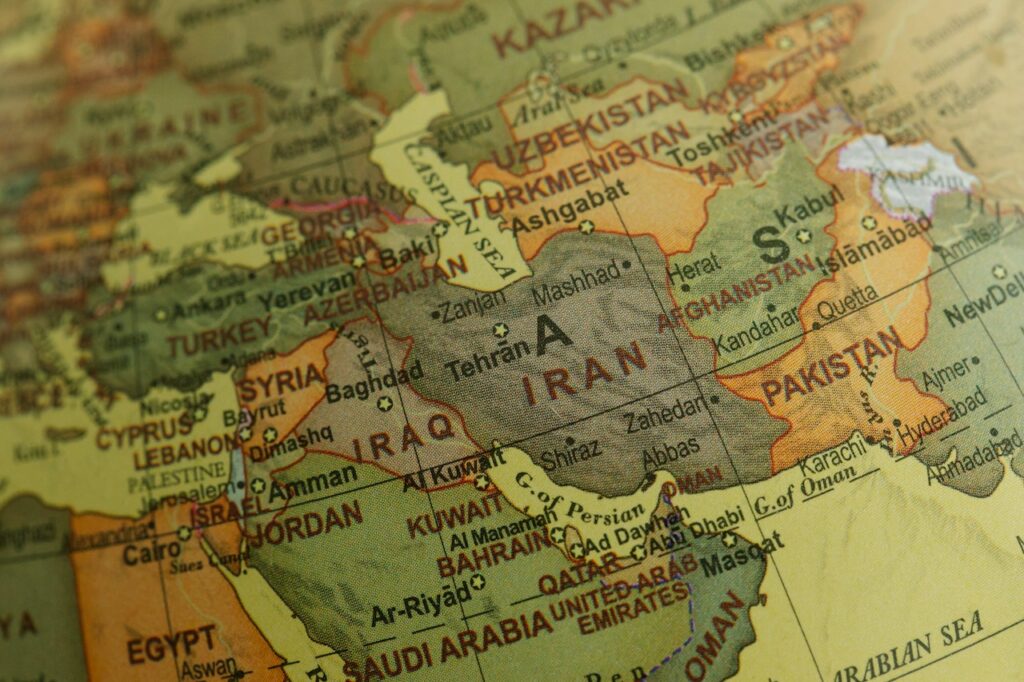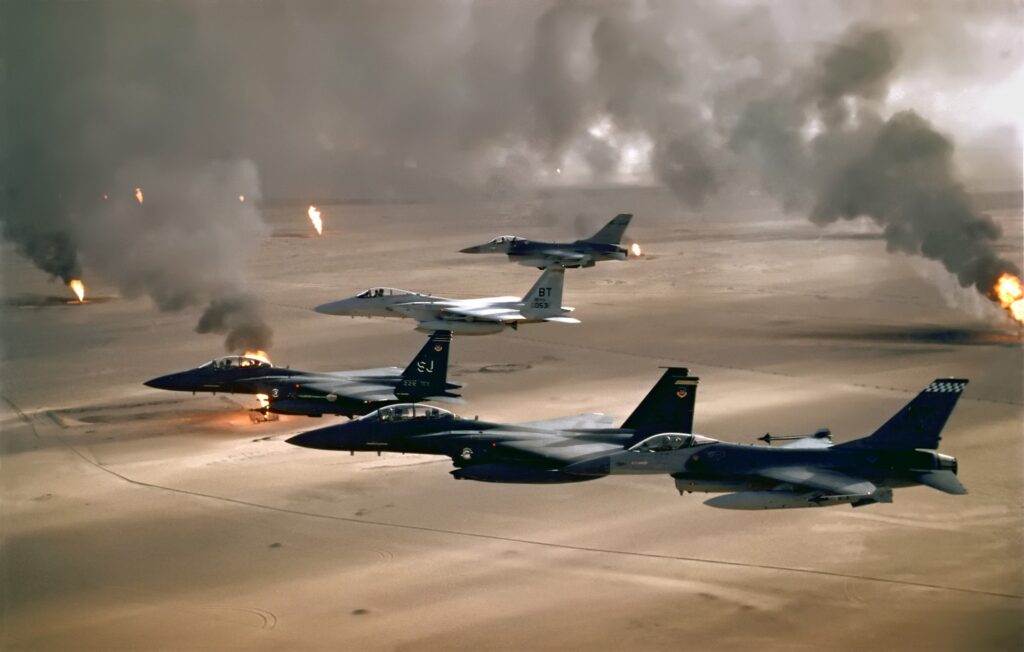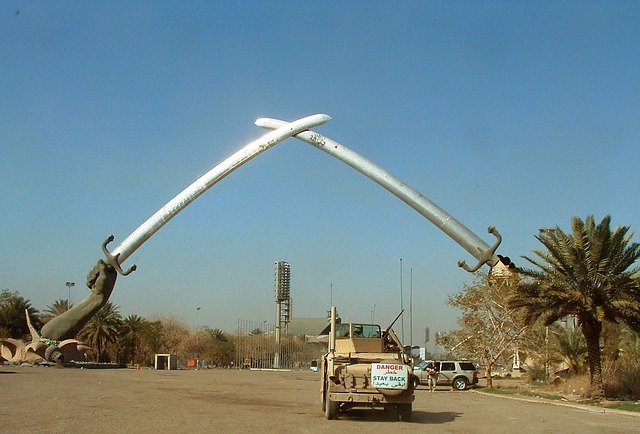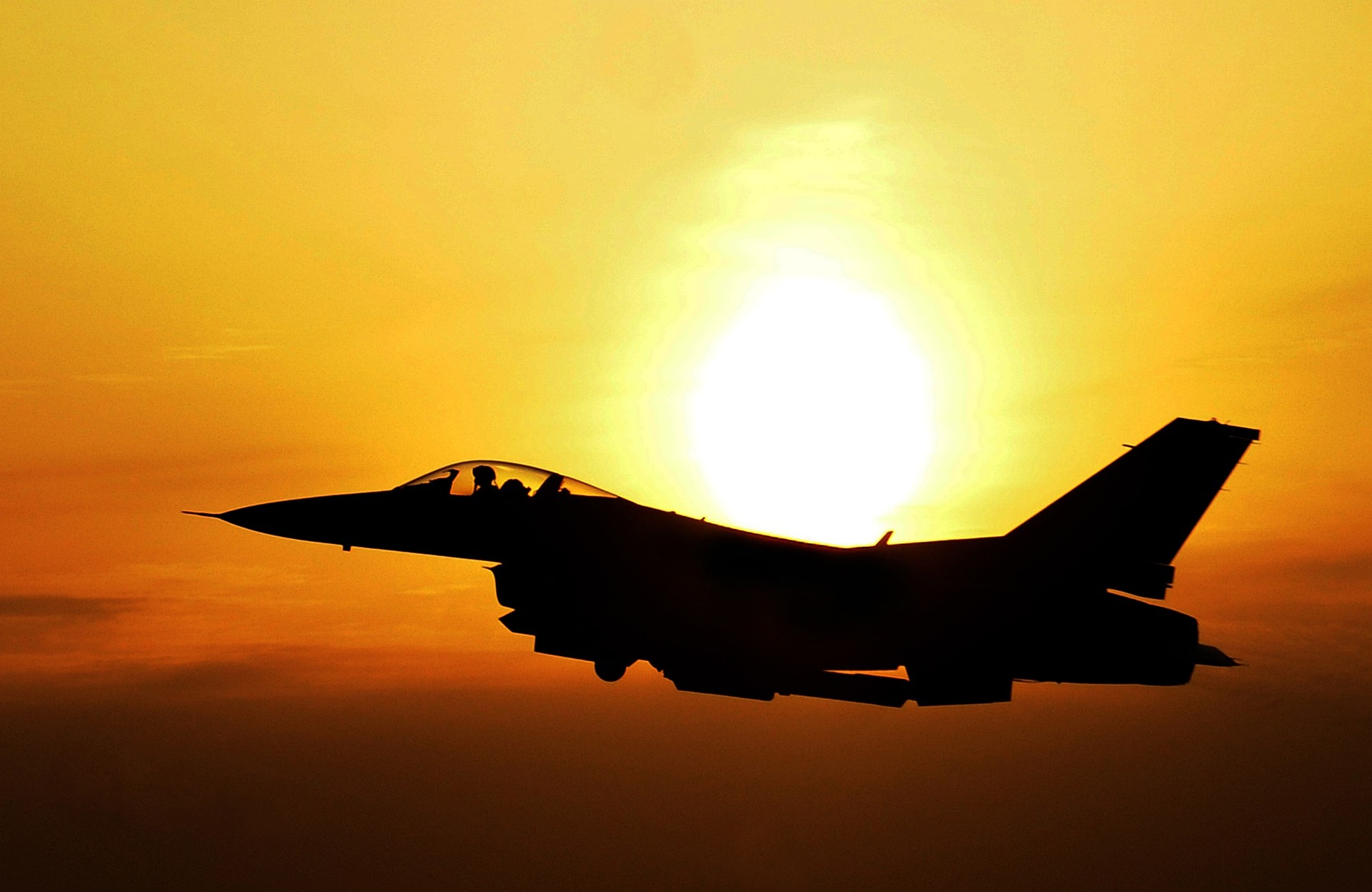With so much attention given, understandably, to the catastrophic 20 year War in Iraq, not much has been said about the preceding events. It is these events which created the bad blood that exists between the USA & Iraq. No, not the September 11 attacks, but the original Gulf War in 1991. Yet to understand the genesis of that conflict, we need to go back even further, to September 1980 and the Iran-Iraq War.
IRAN vs IRAQ
Just one year earlier, Iran experienced a revolution. This resulted in the overthrow of the Shah, and the creation of a radical theocratic state, with the Ayatollah Khomeini at the helm. The vast majority of Iran’s population are Shia Muslims, and now the Ayatollah had officially made Iran the world’s first Shia Muslim Republic.
Iraq’s population is also majority Shia. However in 1979, Iraq was a secular republic, and President Saddam Hussein and his Ba’athist Government belonged to the Sunni Muslim minority. Saddam was afraid, somewhat justifiably, that the militant rhetoric coming out of Tehran could inspire a Shia revolt in his own country.
It’s also worth noting, that from an ethnic standpoint, the Iraqi’s are Arab, whilst the Iranians are very proudly Persian. Also, the northern regions of both countries contain a third ethnic group, known as the Kurds. At the time of writing, they are the largest group of people on Earth without their own country. These differences all played a significant role in the conflicts.
In addition, there had been a long history of territorial disputes between Iran and Iraq. In this case, Saddam had his sights set on the South Western Iranian province of Khuzestan – which did actually belong to Iraq, once upon a time. The province was very rich in Oil reserves and had a sizeable Arab population, that Saddam believed would support him.
The Iraqi Forces invaded the region in September 1980. Saddam was expecting a post revolution Iran to be too chaotic to mount a reasonable defence against Iraq’s fairly large Army. He was wrong. Iran stalled Iraq’s advance and heavy fighting continued for the next 8 years. The Reagan Administration in the US, publicly supported the Iraqi’s, and provided them with Military, Economic and Diplomatic assistance.

USA gets involved
It was later revealed, that the USA had been secretly selling weapons to the Iranian Military, in exchange for the release of western hostages in Lebanon, currently being held by allies of Iran.
What did the US do with the revenue from these sales? A Marine Corps officer sitting on the National Security Council, Lieutenant Colonel Oliver North, thought it would be a good idea to hand the money over to the Contra Rebels, an anti-government militia operating in Nicaragua. This was in direct violation of US Law.
When the scheme became public, North was dismissed by Reagan, and after lying to Congress and shredding official documents, was convicted and sentenced to jail. His conviction was later overturned on appeal.
After The War
By late 1988, the Iran-Iraq War was in stalemate. It finally ended when both sides accepted a ceasefire brokered by the UN. Both sides claimed victory, but Iraq’s Military had been worn down significantly, and the Iraqi economy was in tatters. Iraq owed tens of billions to their neighbours in Saudi Arabia and Kuwait.
Saddam tried asking the two nations if they would forgive the debts – they both refused. In addition, Kuwait had been producing and exporting more Oil than the OPEC mandatory quotas allowed. This extra supply caused the price of Oil to fall on global markets.
This was more bad news for Saddam, since Iraq’s economy was massively dependent on revenue from their own vast reserves of Oil. What made the dispute with Kuwait even more galling for Saddam, was that he always saw Kuwait as part of Iraq.
He detested the fact that many of the borders in the Middle East had been redrawn by western colonial powers after the First World War. He also hated what he saw as ‘obedience to the west’ from the Governments of these new countries.
Iraq attacks Kuwait
On August 2, 1990 Iraq invaded Kuwait. It took them just 48 hours to occupy the small country and establish a puppet government in Kuwait City. The reaction from the International community was swift. The UN immediately imposed sanctions, whilst the USA and Great Britain sent troops to the region. Saddam claimed he was liberating the Kuwaiti people from an odious regime, but the world wasn’t buying it.
The American forces assembled on the Saudi side of Kuwait’s southern border. They were joined by the British and the French. Ultimately, the International Coalition would involve 35 countries. Not surprisingly, there was grave concern that a War with Iraq could turn into another quagmire, like the Vietnam War. But the US authorities were determined not to let that happen.
Saddam was given until January 16, 1991 to withdraw his forces from Kuwait. He refused. The next morning, American and Allied forces began an aerial and naval bombardment of Iraq, the likes of which had never been seen before. The American arsenal of smart bombs and fighter jets, particularly the new F-117 Nighthawk, destroyed Saddam’s Defence Forces in just a few weeks.

Holy War?
Saddam tried to rally the Arab world to his cause by calling for a Holy War against the Western Infidels. He even fired several Soviet made SCUD missiles into the Jewish state of Israel, to try and provoke the Israeli’s into joining the coalition, thus strengthening his case for Holy War.
Saudi Arabia, who were closely allied with the USA, and possessed their own vast Oil Reserves, did not escape Saddam’s wrath. He fired several SCUD’s into their territory, hoping to demolish the Allied forces stationed there. Aside from a couple of strikes, this campaign wasn’t very successful.
When Iraqi soldiers moved South along the coast, and briefly took the lightly defended Saudi town of Khafji, they were quickly driven back by more Allied airpower. This gave some Allied leaders the fanciful notion that, in the future, wars could be won without ever needing to send in troops on the ground.
Nonetheless, Allied Commander-in-Chief, General Norman Schwarzkopf, had been building up coalition forces for a ground assault on Iraq, which was launched on February 15. Just 9 days later, the Allies entered Kuwait City.
On the 27th of February, Saddam reluctantly ordered a retreat from Kuwait. He also called for the implementation of a scorched earth policy, which saw the withdrawing Iraqi forces setting fire to around 700 Kuwaiti Oil Wells.
Kuwait is liberated
The Iraqi’s had sustained heavy losses though, and many remaining Iraqi soldiers surrendered to the Allies. Some tried to flee across the Euphrates River into Basra, not far from the border with Iran – who had remained neutral throughout the conflict.
But the escaping Iraqi forces would become bogged down on the only highway out of Kuwait City, Highway 80. It would become known as the Highway of Death. The Allies showed them no mercy, and bombed the retreating forces into oblivion. The carnage was picked up by the News cameras, and when images of the slaughter went around the world, public support for the War started to drop.
The Allied goal was always to drive Iraq out of Kuwait, it was not to keep pushing onto Baghdad and overthrow Saddam. The Kurds in the North and the Shia majority in the South, took advantage of the chaos, and did launch a revolt against the Regime. The coalition supported them in word, but not deed.

The Aftermath
Subsequently, the revolt was crushed by Saddam’s elite Republican Guard, who had been called back early from the front lines. The Shia lost all faith in the US and her Allies, after they failed to support them in this venture.
The Allies certainly had the capability, but decided that it would destabilise the region too much, so they stopped at the border.
The United Nations kept a close watch on Iraq for the remainder of the decade. The sanctions they imposed caused widespread poverty and malnutrition across the country, but Saddam would not be moved.
When the USA attacked Iraq in 2003 (12 years too late & under false pretences) they would not be greeted as liberators – which the Bush administration had hoped – but invaders. As much as the Iraqi people hated Saddam, they would now hate the West even more.
Saddam Hussein murdered around 100,000 Iraqi’s during his reign of terror. Coalition forces have killed over 1 million.


War ,war and more war only benefits the arms lobby and mafias. Human lives does not matter. All the efforts of creating a world body to usher in peace after ww2 is sham with UN remaining a toothless body. Unless along with nuclear weapons controlling arms industry world wide is the urgent need of the hour more than environmental issues. Who will bell the black cats around the world. End of this world is not far away with existing scenarios all around.